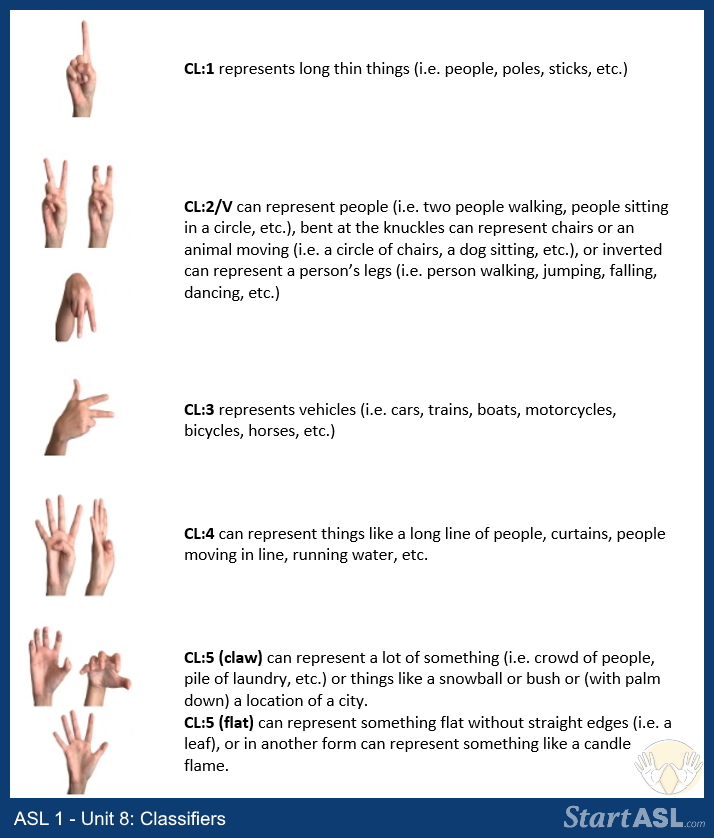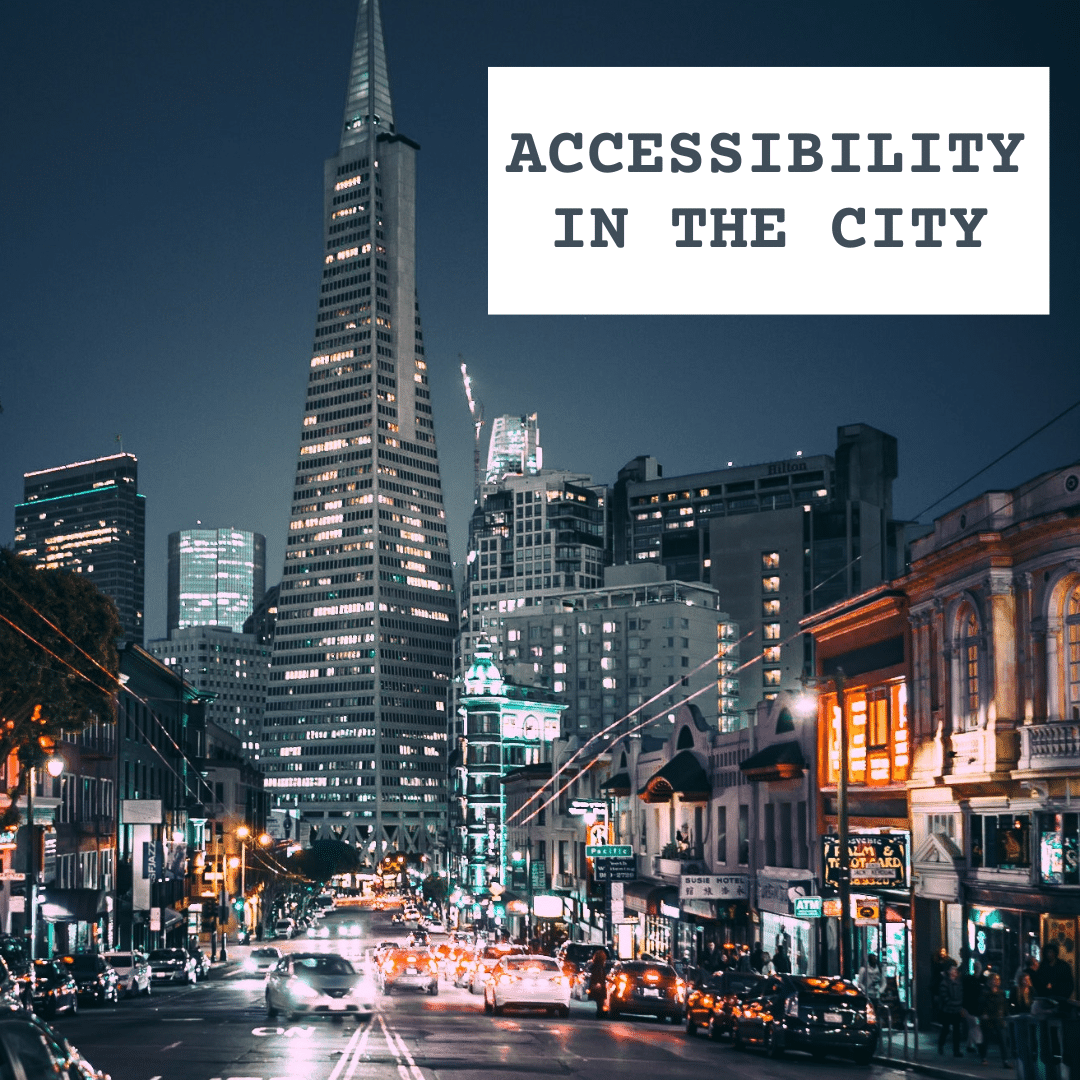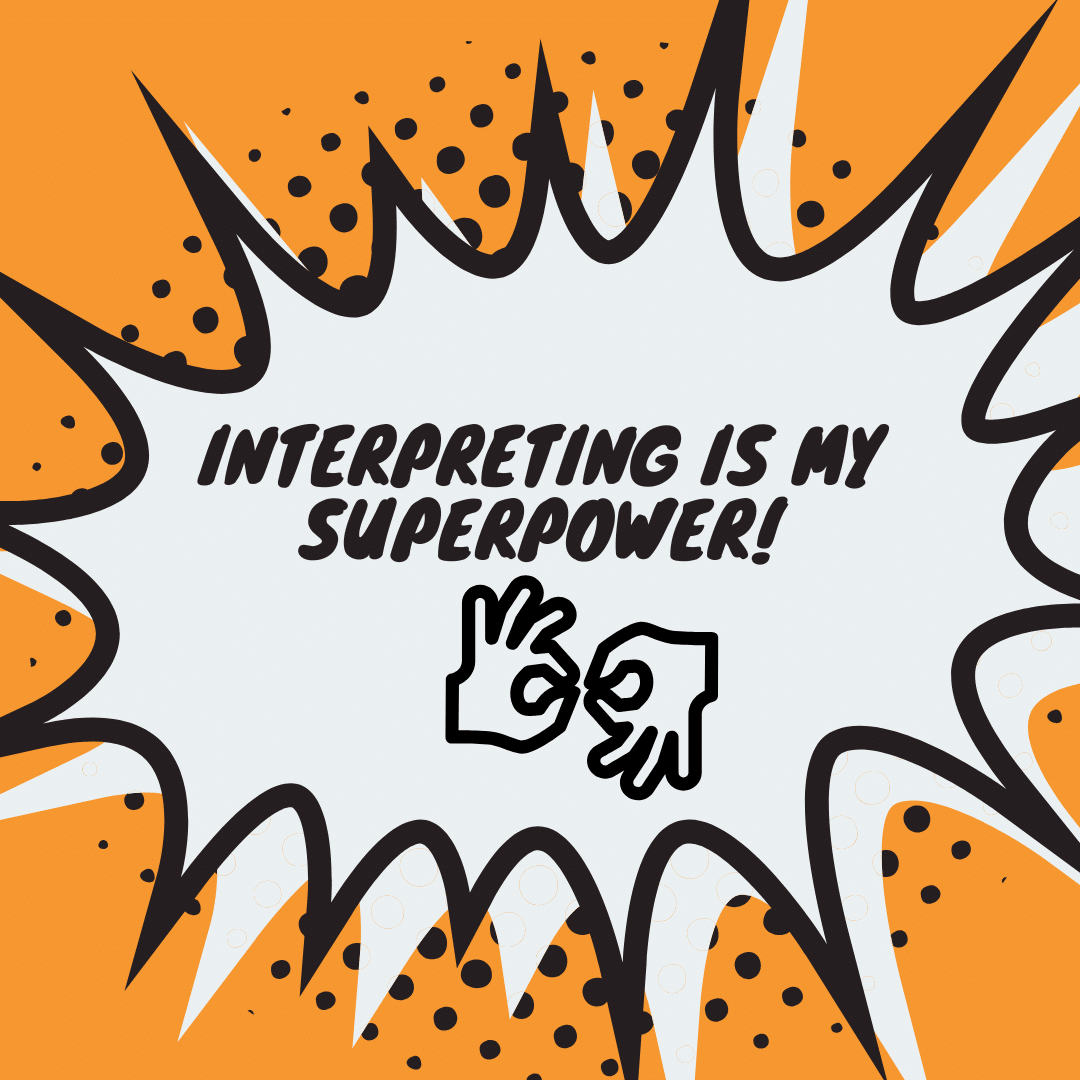
Sign Language Classes: ASL 1 – Unit 8 Sample
In this unit sample of the sign language classes, you will learn about classifiers and 2-digit numbers.
Classifiers
Classifiers are a very broad part of ASL, so we will cover and demonstrate the use of classifiers (one classifier at a time) throughout the rest of this course and ASL 2.
Spoken languages like English are linear–they are expressed one word after the other. ASL, however, is a spatial language and is expressed in the space around you. Classifiers create depth as well as add clarity, movement, and details to conversations and explanations. These will play a big part in the rest of lessons.
In ASL, it makes much more sense to create imaginary people, animals, or objects in your signing space and show what happens to them instead of explain every word in a linear fashion like you would in English.
As you will see in the examples, the handshapes and movements of classifiers can represent people, animals, objects, etc. and show movements, shapes, actions, and locations. They can show a person walking, an animal chewing, someone driving, a car driving through the mountains–virtually anything!
In a sentence, a classifier is very similar to a pronoun. You learned about pronouns in the last unit. You cannot use a classifier in a sentence until you explain what the classifier represents. They are not standalone words. You need to establish the noun before you can apply the classifier.
An example of a classifier would be showing a person walking. You first have to establish this person as a referent in context and point to the referent, and then you can take the index finger of your dominant hand (the CL:1 classifier) and move it around your signing space. Whatever you do with this classifier is whatever the person is doing. You can also inflect the sign for added meaning. The faster or slower you move this classifier shows how fast or slow the person is doing an action. You can also use non-manual markers to show how the person is feeling while doing it. And because most classifier handshapes represent a whole person or object, you can combine classifiers like CL:1(person) with another classifier like CL:3(car) to show a person and a car and their locations relative to each other. You will see more complex examples like this later on.
There are an infinite number of classifiers that you can use. You can combine almost any handshape with any movement and location to create a classifier.
Classifiers are written like this: CL:1 (person) “walking slow”. The CL indicates that a classifier is being used, the 1 indicates the handshape, the parenthesis indicate what the classifier is representing, and the quotes indicate the inflection being used.
These are 5 classifier handshapes you will be learning in ASL 1:

You can see examples of how these classifiers can be used in our full course.
You can use classifiers to represent:
- A whole object
- A surface
- An instrument or tool
- Size
- Number or amount
- Shape
- Location
- And more!
As you can see, the possibilities are truly endless!
Classifiers are a very important part of ASL. There is not a sign for every English word and classifiers are able to fill those gaps and create more visual clarity.
Cardinal Numbers: 2-Digit and Multiples of 10 & 11
Watch the video clip below. Our signer is going to model 2-digit numbers and the multiples of 10 and 11. Practice signing each number.
Take Our Free ASL 1 Course
This unit is just a sample of our complete course where you can learn American Sign Language quickly and easily. Enroll in our Free ASL 1 Course today!
Start Learning ASL Today!
 Ready to start learning real American Sign Language and not just basic signs? Do you want to be a part of the vibrant Deaf community? Check out our Free ASL 1 Course or our Complete 4-Level ASL Course options and start learning ASL today!
Ready to start learning real American Sign Language and not just basic signs? Do you want to be a part of the vibrant Deaf community? Check out our Free ASL 1 Course or our Complete 4-Level ASL Course options and start learning ASL today!








